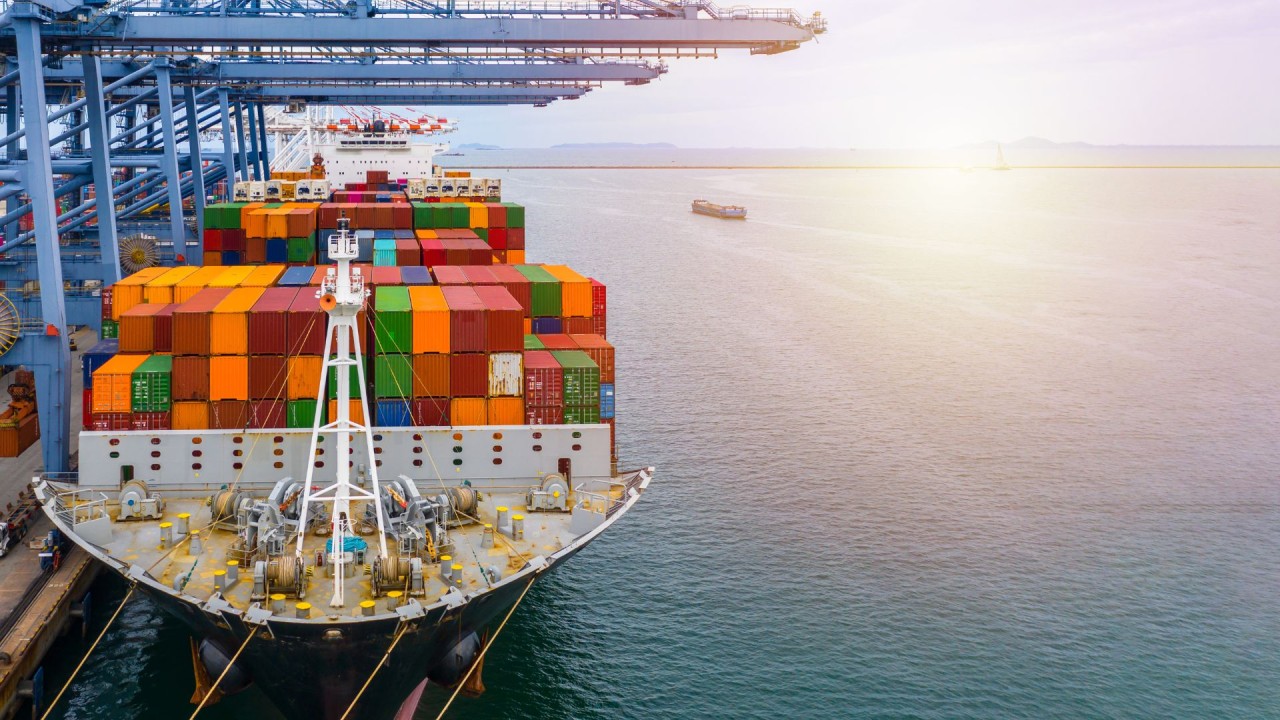
Why The U.S. Leads The World In Reducing Carbon Emissions (Forbes)
Beijing Gets Tougher on Emissions Data Ahead of Carbon-Market Expansion (The Wall Street Journal)
How the US can Advance the Clean Energy Transition (Energy Digital)
The push for net zero
Britain has committed to reaching net-zero carbon emissions by 2050. What will this involve? (The week)
The Investment Firm That Keeps Raising Giant Climate Funds
A new Brookfield fund raises $10 billion despite recent challenges for clean-energy projects (The Wall Street Journal)
Investment in low-carbon energy surged 17% in 2023 (Environment Journal)
Smarter eco-cities, AI and AI of Things, and environmental sustainability (Tech Xplore)
Amazon warns climate change could disrupt its business in annual filing (CNBC)
Addressing the imperative to significantly curtail anthropogenic greenhouse gas (GHG) emissions, which fuel global warming and precipitate severe climate change, stands as one of the most pressing challenges confronting the international community today. It is widely acknowledged that concerted efforts toward reduction and decarbonization are imperative across all countries and sectors, including maritime transport, given its integral role in the global supply chain.
Despite shipping being recognized as a highly efficient mode of transport concerning GHG emissions relative to transported goods and distances covered, there is an urgent need for reduction initiatives within this sector. According to the International Maritime Organization (IMO), the share of shipping emissions in global totals rose to nearly 3.00% in 2022, up from 2.76% in 2012. The broader transportation sector, encompassing shipping, contributes approximately 20.2% of the world’s total CO₂ emissions, establishing it as the second-largest global carbon polluter.
The gradual reduction of greenhouse gas (GHG) emissions in the shipping industry has prompted tightening international and regional regulations, exemplified by the IMO’s 2023 measures and the EU Climate Law. While the shipping sector advances its decarbonization efforts, attention is turning to the pivotal role that ports can play in fostering GHG emissions reduction.
Navigating the complexities of greenhouse gas (GHG) emissions footprinting becomes especially intricate in the context of port authorities, which contend with multiple emission sources and intricate organizational boundaries. In the pursuit of calculating total emissions for a port area, it is crucial to distinguish between terminal and port emissions, even though they are correlated.
Armed with a comprehensive dataset, ports can formulate a carbon management strategy, employing measurable actions to reduce GHG emissions within the port tangibly. This endeavor involves understanding and addressing Scopes 1, 2, and 3 emissions – categorizations that distinguish between direct emissions from owned or controlled operations, indirect emissions from purchased electricity, and other indirect emissions occurring throughout the value chain.

In the realm of ESG corporate reporting, the focus traditionally centers on evaluating and assessing Scopes 1 and 2, while the quantification, reduction, and reporting of Scope 3 emissions pose a challenge with substantial global implications.
Scope 3 GHG emissions within the port industry represent indirect emissions originating from the port’s activities but owned or controlled by other entities. These encompass energy used by port tenants, transportation to and from the port, and various activities within the maritime supply chain.
Amidst evolving regulations targeting shipping emissions, the role of ports in enforcement and implementation becomes crucial. The geopolitical culture and governance of port authorities influence the execution of regulations, with variations observed between decentralized ports in Europe compared to those in Asia and Africa. Recognizing the potential impact of stricter local regulations on port competition, a combination of approaches, including incentive schemes, emerges as a strategic necessity.
While regulatory frameworks continue to evolve, digital technologies for monitoring carbon emissions take center stage in port authorities’ strategies. Establishing a baseline through comprehensive data sets enables ports to devise and implement measurable, long-term strategies aimed at substantively reducing GHG emissions and mitigating climate impacts on a global scale.

Beatriz Canamary is a consultant in Sustainable and Resilient Business, Doctor and Professor in Business, Civil Engineer, specialized in Mergers and Acquisitions from the Harvard Business School, and mom of triplets. Today she is dedicated to the effective application of the UN Sustainable Development Goals in Multinationals.
She is an ESG enthusiast and makes it possible to carry out sustainable projects, such as energy transition and net-zero carbon emissions. She has +15 years of expertise in large infrastructure projects.
Member of the World Economic Forum, Academy of International Business and Academy of Economics and Finance.